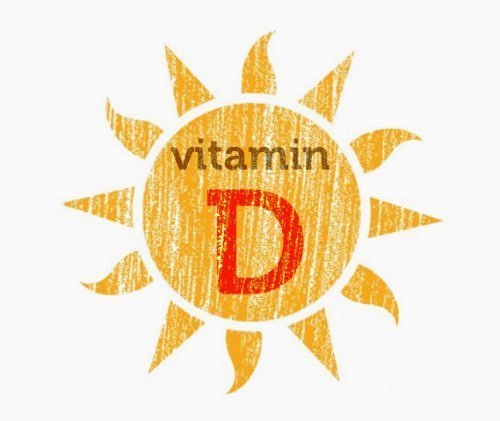When it comes to the management of type 1 diabetes in children, accurate insulin dose calculation is essential to maintain steady blood glucose levels. According to the study Benefit of supplementary fat plus protein counting as compared with conventional carbohydrate counting for insulin bolus calculation in children with pump therapy, an innovative approach to insulin bolus calculation could improve glycemic control in children with diabetes.
Conventionally, the calculation of insulin doses has been based mainly on the carbohydrate intake at mealtimes. However, this study suggests that the inclusion of fats and proteins in the insulin bolus calculation could have significant benefits. Here are some of the key findings of this research:
1. Balance of macronutrients: Researchers found that including fats and proteins in the bolus calculation helped children to better adapt their insulin doses to many different types of meal. Fats and proteins have a delayed effect on carb absorption, so taking them into account can actually prevent blood sugar spikes after meals.
2. Better glycemic control: study participants who used this bolus calculation method showed a significant improvement in their glycemic control. Their blood sugar levels were more stable, with less variation after meals.
3. Reduced hypoglycemia: Another exciting finding of the study involved the reduction of hypoglycemic episodes. By including fats and proteins, the children were able to avoid sudden drops in blood sugar levels, which is essential for their long-term well-being.
4. Individualized treatment: This method also enables greater personalization of the treatment, as it takes into account each child’s individual response to different nutrients. As such, a diet tailored to their specific needs can be developed.
On a final note, this study indicates that calculating insulin bolus by including fat and protein may be a more effective approach to managing type 1 diabetes in children. It offers better glycemic control, reduces the risk of hypoglycemia and enables greater personalization of treatment. However, it is essential to work closely with healthcare professionals to determine the best approach for every child.
For more information, read the full article here




